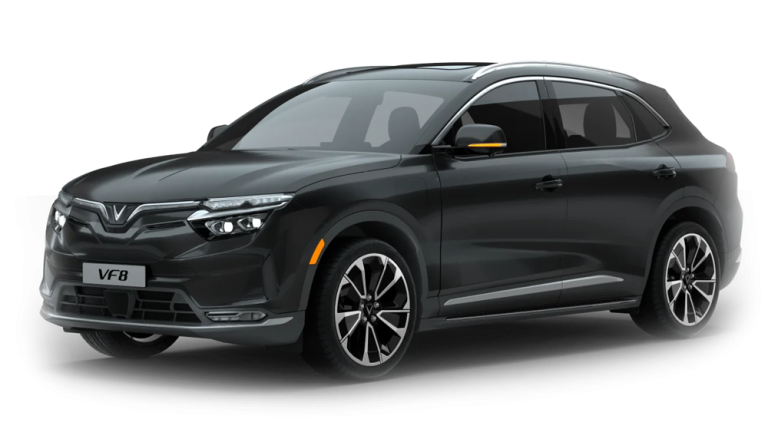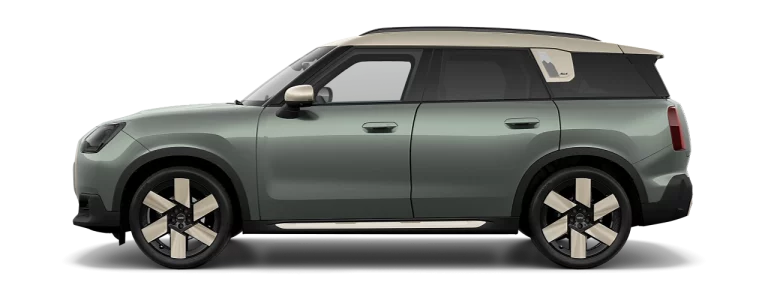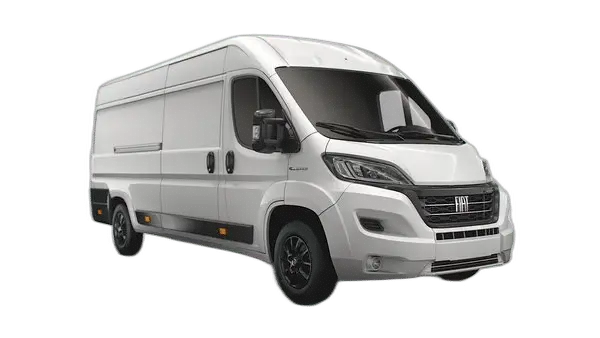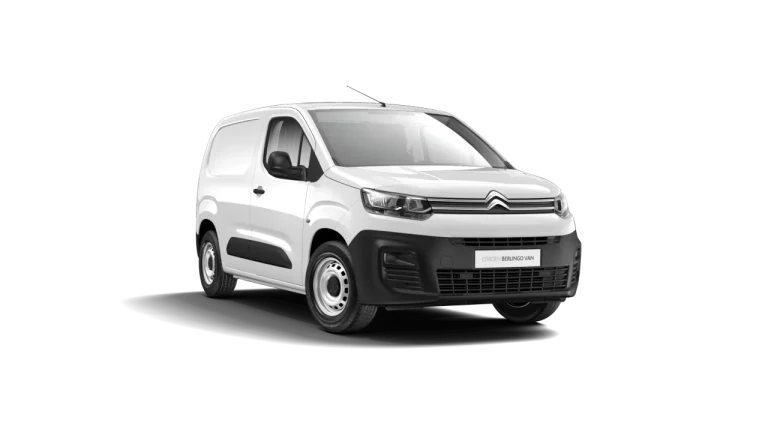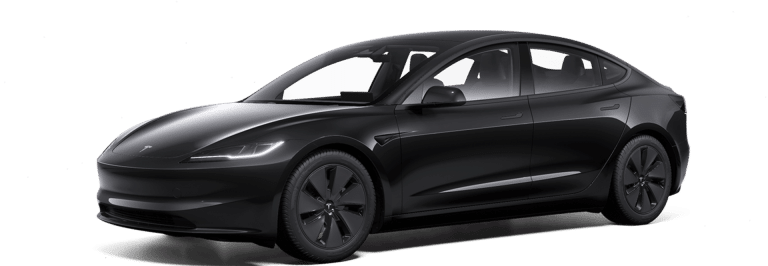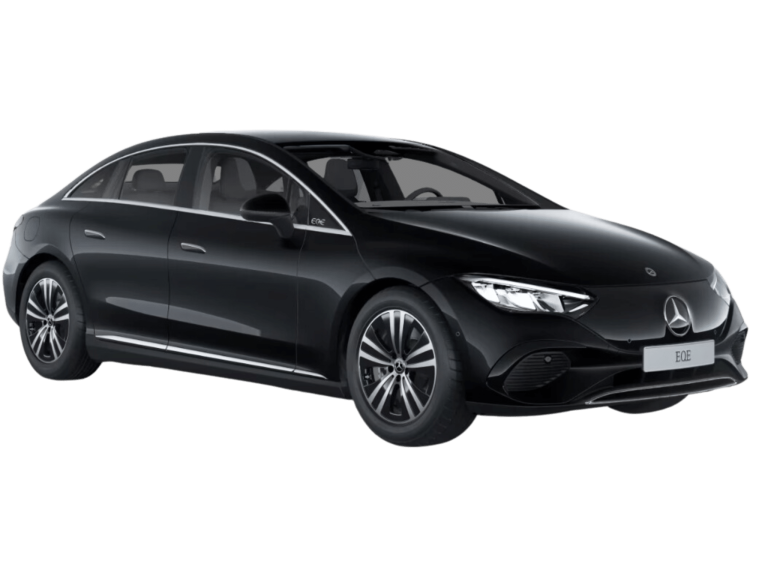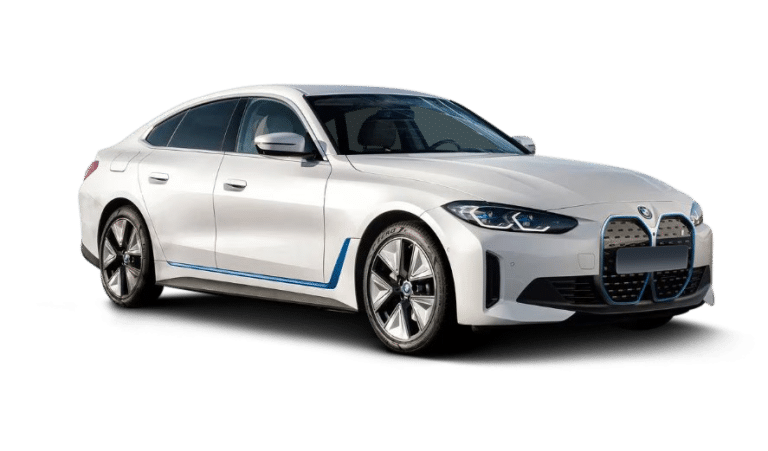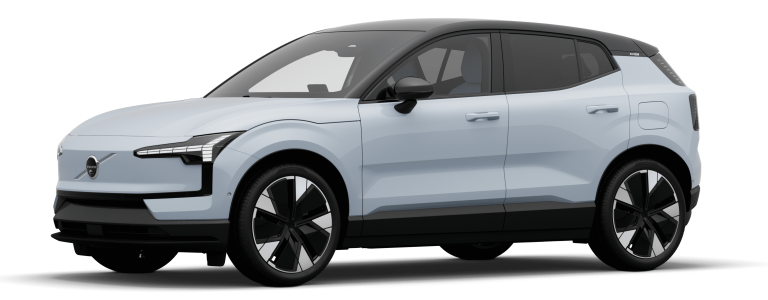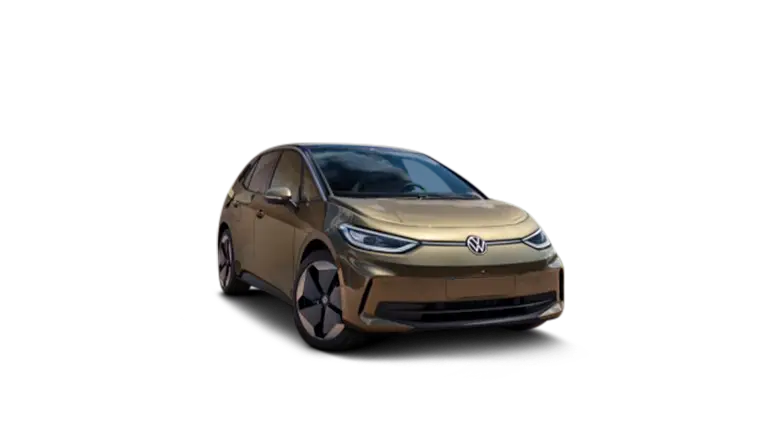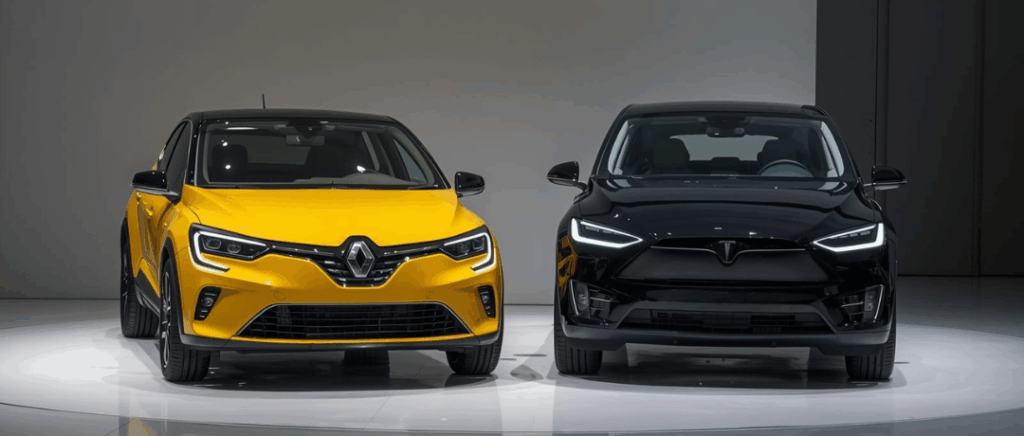Monday to Friday
9am - 12.30pm - 2pm - 7pm
Understanding LEED and BREEAM certifications
LEED certification: objectives and criteria
LEED certification (Leadership in Energy and Environmental Design) is one of the world's most recognised green building rating systems, providing a framework for sustainable, efficient and energy-saving construction. Launched by the U.S. Green Building Council (USGBC) in 2000, LEED certification has evolved to meet today's environmental challenges, with its most recent version, LEED v5, introduced in 2024.
What are its objectives?
The main objectives of LEED certification are to promote sustainable construction practices that contribute to :
- DecarbonisationThe aim is to reduce carbon emissions linked to the construction and operation of buildings in order to combat the climate crisis.
- Resilience, encourage the construction of adaptive buildings capable of withstanding climatic and environmental hazards.
- Health and well-being, ensure a healthy and comfortable indoor environment for occupants.
- Fairness, Promote diversity, inclusivity and equitable outcomes in the built environment.
- Ecosystem conservation, supporting ecosystems through regenerative development practices.
What are the eligibility criteria?
To achieve LEED certification, a project must meet a set of mandatory criteria and choose from a series of optional credits to accumulate points. The seven criteria are organised into several categories, each designed to assess different aspects.
| Objectif | |
|---|---|
|
Location and transport
|
Favouring locations that minimise environmental impact and maximise access to sustainable transport
|
|
Sustainable sites
|
Encourage site management practices that reduce adverse effects on the environment
|
|
Water management
|
Promoting water use efficiency through conservation and recycling strategies
|
|
Energy and atmosphere
|
Reducing energy consumption and greenhouse gas emissions through energy efficiency and renewable energies
|
|
Materials and resources
|
Use sustainable, recycled and local materials to minimise the ecological footprint
|
|
Indoor environmental quality
|
Ensuring good indoor air quality and a comfortable environment for occupants
|
|
Innovation
|
Encouraging innovative solutions to improve the sustainability of buildings
|
Bouygues Construction's Challenger head office in Guyancourt has been awarded LEED Platinum certification. The measures implemented have resulted in a 48 % reduction in energy consumption, a 55 % reduction in water consumption, the use of 26 % of recycled materials and 47 % of regional materials, and the diversion of more than 75 % of site waste from landfill.
These measures demonstrate how LEED-certified projects can combine environmental performance and occupant comfort while meeting today's sustainability requirements.
BREEAM certification: objectives and criteria
BREEAM certification (Building Research Establishment Environmental Assessment Method) is one of the world's leading standards for assessing the environmental performance of buildings. Established in the UK in 1990, BREEAM is widely recognised for its holistic approach to sustainability, covering a range of environmental, social and economic aspects of construction projects.
What are its objectives?
The main objectives of BREEAM certification are to :
- Reducing environmental impactto encourage construction and operating practices that minimise the impact on the environment.carbon footprint and the impact on the natural environment.
- Improving the well-being of occupantsWe are committed to providing healthy and comfortable living and working conditions.
- Promoting innovationto stimulate the adoption of new technologies and sustainable construction methods.
- Ensuring resilience, designing buildings capable of withstanding the vagaries of the weather and other disturbances.
- Optimising the use of resourcesThese include energy efficiency, sustainable water management and responsible use of materials.
What are the eligibility criteria?
Like LEED, BREEAM certification assesses buildings in several categories, each with specific criteria.
| Objectif | |
|---|---|
|
Management
|
Promote sustainable management of the project throughout its life cycle
|
|
Health and well-being
|
Ensuring quality indoor conditions (air quality, thermal and acoustic comfort)
|
|
Energy
|
Reducing energy consumption through efficient systems and the use of renewable energies
|
|
Transport
|
Encouraging the use of sustainable modes of transport by facilitating access and providing appropriate infrastructure
|
|
Water
|
Optimising water consumption through water-saving installations and rainwater recovery systems
|
|
Materials
|
Use sustainable, recycled materials with low environmental impact
|
|
Waste
|
Minimising waste production and encouraging recycling and reuse
|
|
Land use and ecology
|
Protecting and enhancing biodiversity and integrating the building into its natural environment
|
|
Pollution
|
Reduce emissions of air, noise and light pollutants, and minimise the impact on local ecosystems
|
One example of a BREEAM-certified project is the Clichy-Batignolles eco-neighbourhood in Paris. This urban development achieved BREEAM certification for its integrated sustainability planning, including green spaces, energy-efficient buildings and sustainable transport infrastructure. This was made possible by the use of solar panels and heat pumps to reduce energy consumption and the use of local and recycled materials in the construction of the buildings.
The importance of recharging infrastructure in the energy transition
The role of charging points in sustainable buildings
In 2024, more than ever, companies and building owners are being urged to integrate these infrastructures to meet environmental requirements and user expectations. The Mobility Orientation Law (LOM) in France requires companies with car parks of more than 20 spaces to install recharging stations to encourage the use of electric vehicles. electric vehicles.
Charging stations enable buildings to reduce their carbon footprint by integrating charging solutions powered by renewable energy. This contributes to obtaining environmental certifications such as LEED and BREEAM, which recognise initiatives to reduce CO2 emissions. By complying with regulations such as those defined by the LOM law, companies can benefit from subsidies and tax credits.The ADVENIR project in France offers grants covering up to 40 % of the cost of installing charging points, making the transition easier for businesses.
Buildings equipped with charging stations offer an additional service to employees and visitors, enhancing their satisfaction and comfort. Smart charging stations, which enable remote management and energy optimisation, add value in terms of convenience and sustainability.
By integrating charging points, buildings can not only meet legal and environmental requirements, but also position themselves as leaders in the transition to a sustainable future. These infrastructures are now essential to any strategy for sustainable development and responsible management of energy resources.
Impact of charging stations on LEED certification
Installing charging points for electric vehicles helps to earn credits by promoting alternative modes of transport and reducing dependence on combustion-powered vehicles. Projects can earn points by installing charging points for at least 2 % of total parking spaces, encouraging the use of electric vehicles. The use of electric vehicles, combined with renewable energy sources, maximises points in the "energy and atmosphere" category by demonstrating efficient energy management and reduced CO2 emissions. Projects can also earn credits in the Innovation category by adopting advanced charging technologies and developing educational programmes to promote the use of electric vehicles. Innovation can include smart charging stations that optimise energy use and enable remote management, increasing the efficiency and sustainability of the building.
Also read → What challenges will electric car charging infrastructures face in 2024?
Impact of charging stations on BREEAM certification
Specific BREEAM criteria relating to charging infrastructure
BREEAM certification includes specific criteria for electric vehicle charging infrastructure. In the 'Transport' category, BREEAM assesses the efforts made to encourage sustainable modes of transport. Points are awarded for the installation of charging points in strategic locations that are easily accessible to users. Projects must demonstrate that the charging points are well located, with adequate signage and easy access for all electric vehicles. Developments must install a sufficient number of charging points to meet user demand. BREEAM generally recommends that 10 % of parking spaces be equipped with charging points, with a minimum capacity to ensure fast and efficient charging. Finally, to maximise points in this category, projects can incorporate renewable energy sources to power the charging points.
In the "Energy" category, charging stations must be equipped with intelligent management systems that optimise energy distribution and reduce consumption peaks. These systems can include features such as load shedding and off-peak scheduling to minimise the impact on the electricity grid. BREEAM values projects that implement monitoring and reporting systems for charging stations. This includes the ability to monitor energy consumption, generate detailed reports and provide real-time information to users on the availability and status of charging points.
Finally, in the 'Innovation' category, projects that go beyond standard BREEAM requirements can earn additional credits. The adoption of innovative charging technologies, such as Vehicle-to-Grid (V2G) charging points that allow vehicles to feed energy back into the grid, can offer additional benefits in terms of sustainability and energy resilience. Projects can also earn points by setting up educational programmes to promote the use of electric vehicles and inform users about the environmental and economic benefits of charging points.
Examples of BREEAM-certified projects with charging stations
King's Cross Central, London, United Kingdom
The King's Cross Central development is an excellent example of a BREEAM-certified urban development that has incorporated electric vehicle charging points. The development, located in the heart of London, has achieved BREEAM Excellent certification thanks to a number of sustainable initiatives, including :
- Installation of charging stations The site has a number of electric vehicle charging points strategically located in its car parks, making access easier for users and encouraging the adoption of electric vehicles.
- Renewable energy Solar energy: the charging points are powered by solar panels installed on the roofs of the buildings, reducing the site's overall carbon footprint.
- Sustainable mobility In addition to recharging stations, the project has set up facilities for cyclists and car-sharing schemes, reinforcing its commitment to sustainable mobility.
Bloomberg European Headquarters, London, United Kingdom
Bloomberg's European headquarters in London is another flagship project to receive BREEAM Outstanding certification. This building, often cited for its innovative and sustainable features, includes :
- Charging infrastructure Electric vehicle charging stations: charging stations for electric vehicles are available for employees and visitors, integrated into the building's car parks. These charging points are compatible with the latest fast-charging standards.
- Intelligent energy management The building uses energy management systems to optimise the distribution of electricity to charging points, reducing peak demand and ensuring efficient recharging.
- Impact on BREEAM certification The integration of these charging points has contributed to significant credits in the 'Transport' and 'Energy' categories, demonstrating a clear commitment to reducing greenhouse gas emissions.
Port of Rotterdam, Netherlands
The Port of Rotterdam's sustainable development project, which has been awarded BREEAM Excellent certification, has also focused on recharging infrastructure for electric vehicles:
- Charging points in car parks : The port has installed a number of charging points for electric vehicles, giving trucks and other commercial vehicles easy access to recharging, thereby reducing emissions linked to sea and land transport.
- Renewable energy : These terminals are partly powered by renewable energies, including wind turbines and solar panels, reinforcing the positive impact on the environment.
Reducing the carbon footprint : The initiative has not only improved the port's environmental performance, but has also contributed to its image as a leader in sustainable development in the maritime sector.
Conclusion
Electric vehicle charging points are therefore key elements in achieving LEED and BREEAM environmental certification, making a significant contribution to the energy transition and reducing CO2 emissions. Integrating these infrastructures into buildings not only improves their environmental performance, but also increases their value and attracts environmentally conscious users. Charging stations are essential to any sustainable development strategy and to the creation of resilient, environmentally-friendly buildings.
If you would like to find out more about the tax credit for in-car charging points 2024For more information, see our article on this subject.



